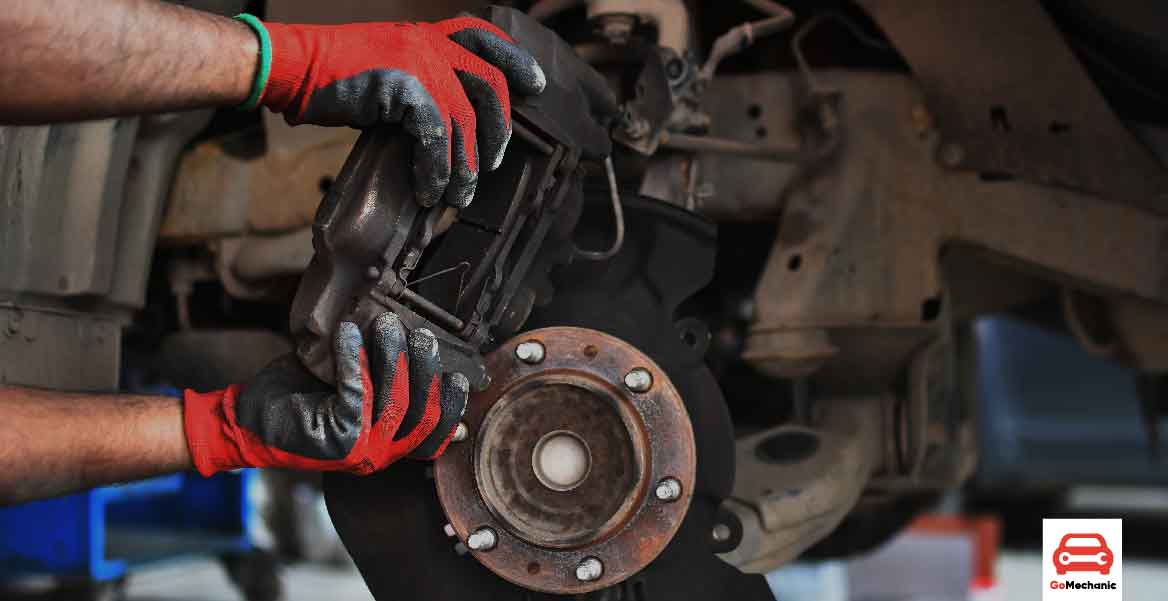
Table of Contents:
- Key Takeaways
- Understanding the Market for Used Auto Parts
- Prepping Your Vehicle for Parting Out
- Shipping and Handling: Best Practices
- Networking with Auto Repair Shops and Junkyards
- Upscaling Parts: From Junk to Functionality
- The Digital Edge: Using Social Media to Sell Auto Parts
- Turning Junk Cars into a Profitable Endeavor
Key Takeaways:
- Gauge market demand and determine the value of your car parts before selling.
- Learn the systematic approach to disassembling and storing auto components effectively.
- Employ strategic selling techniques using both online and offline resources.
- Be aware of the necessary legal documentation and shipping best practices.
- Understand the significance of customer service in cultivating business relationships.
Understanding the Market for Used Auto Parts
Within the automotive world, there’s a significant second-hand market where parts from a seemingly worthless junk car can find new life. Scrutinizing this market starts with recognizing which components are in demand and …



